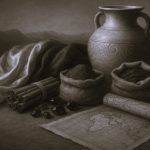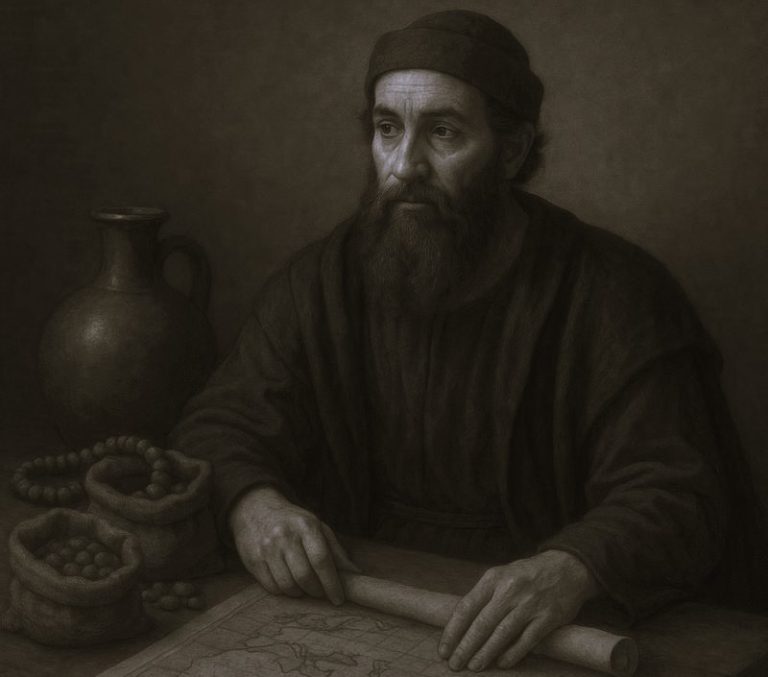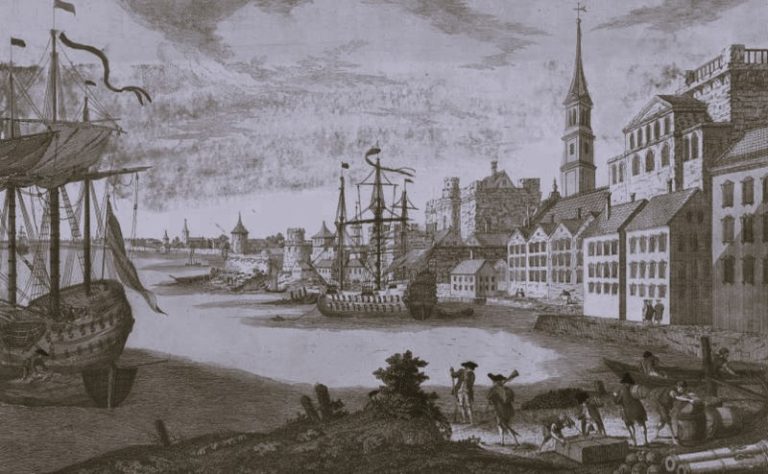

The first information about the school education of the ancient Egyptians goes back to the 3rd millennium BC. e. School and education in Ancient Egypt were designed to prepare a child, a teenager, a young man for the adult world. The first schools appeared at the palace of the Pharaoh in the period of the Ancient Kingdom. As a rule, ordinary people have not studied anywhere, but the education of future doctors, architects, builders, and officials was taken very seriously. Gradually, schools appeared at the temples, where future scribes were trained. Parents brought their children here when they thought they were ready to learn. Later, there were schools attached to large state institutions. Mostly boys from 7 to 16 years old were taught here.
The main subjects in the school were writing, literacy and numeracy. Students were writing using a thin reed stick in black paint and began a new paragraph in red (hence the expression “red line”). The children practiced their writing skills on polished limestone plates, as papyrus was too expensive. When a student mastered writing, he was allowed to write on a narrow roll of papyrus.
The students were writing everything themselves and could not hire essay writer. The texts for rewriting were selected in such a way that their content would contribute to the education of the future specialist (hymns, instructions, religious texts, etc.). there were libraries at schools where ancient texts were stored. Much attention was paid to the account. During the excavations, ancient “notebooks” were found with the solution of practical problems, such as calculating the area of the field, determining the required amount of labor to perform the work, and others.
When training future Egyptian officials, much attention was paid to memorizing religious texts, and at the higher levels of education, much attention was paid to the study of practical sciences. Officials had to understand the construction, manufacture of technical devices, and even military affairs. In addition to the main academic subjects, the school taught gymnastic exercises, swimming, and good manners. The children of the highest Egyptian nobility were trained in military schools. There were schools attached to the temples, where they gave religious education and also taught astronomy and medicine. Schoolchildren who were trained to become priests, as well as all children were taught to write, read and count. After they had mastered the basic sciences, their attention was turned to the study of religious dogmas and rituals. At the end of the training, the students took exams. Those who passed the examination were stripped of their worldly clothing, bathed, then shaved, incense rubbed into their bodies, and dressed in priestly garb.
The pedagogical methods and techniques adopted in ancient Egypt corresponded to the goals and ideals of education and training. The disciple must first learn to listen and obey. There was an aphorism in use: “Obedience is the best thing in man.” The teacher used to address the student with these words: “Be attentive and listen to my speech; do not forget anything that I say to you.” The most effective means of achieving such obedience was physical punishments, which were considered natural and necessary. The student was constantly being hit. The school motto was the words written in one of the ancient papyri: “A child has an ear on his back, you need to beat him so that he can hear.” The unconditional and absolute authority of the father, the mentor, was sanctified by centuries.
School papyri were used many times. Before the next use, the previously written text was washed off. The scribes put the date, month, day, and year of the lesson on the papyrus. Some scrolls-manuals were copied and memorized. At the initial stage of education, they took care, first of all, of polishing the technique of depicting hieroglyphs. Then much more attention was paid to the content of the texts. At an advanced stage, they taught eloquence, which was considered the most important quality of a scribe. “Speech is stronger than weapons, “Speech protects, but it can also destroy,” we read in the ancient Egyptian papyri. Many schools taught mathematics, geography, astronomy, medicine, and other languages. Some mathematical information was provided that might be needed to calculate the construction of canals, temples, pyramids, crop counts, and astronomical calculations used, in particular, to predict the flooding of the Nile. Geography was often taught in combination with geometry so that the student could learn to draw a map of the area.
In ancient Egypt, there were so-called “Houses of Life” at the temples, where the most gifted students, both officials, and priests, could devote themselves to the sciences. Here, in addition to the usual school premises, there were libraries where Egyptian values were stored-religious and scientific books. At the libraries, there were halls for reading books, as well as working places for scribes who copied books. During the reign of the XIX-XX dynasties, the “Houses of Life” became partly political centers where important state affairs were discussed.






